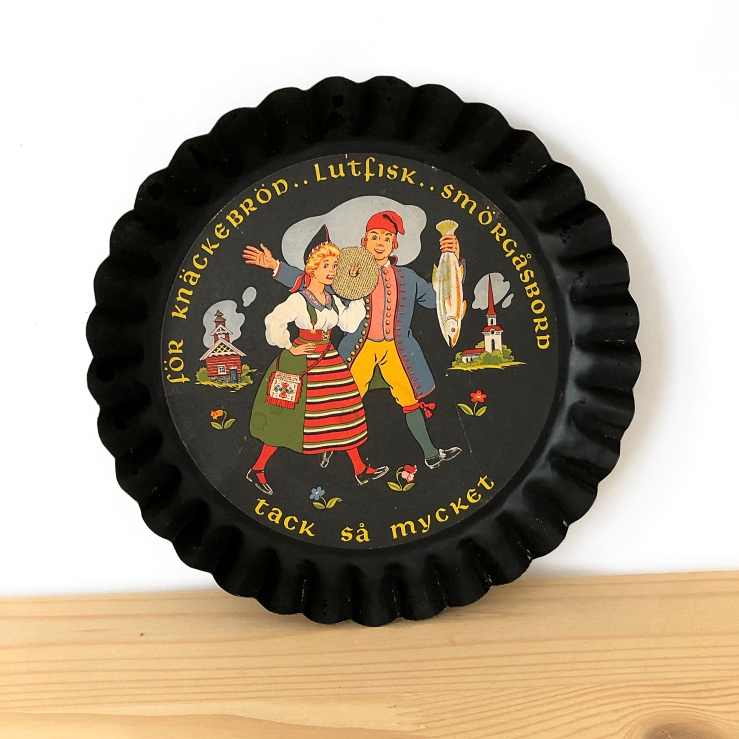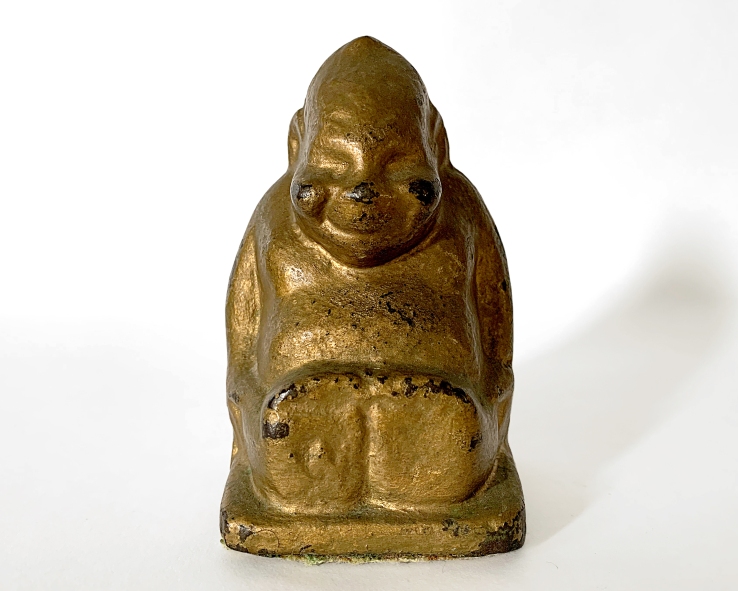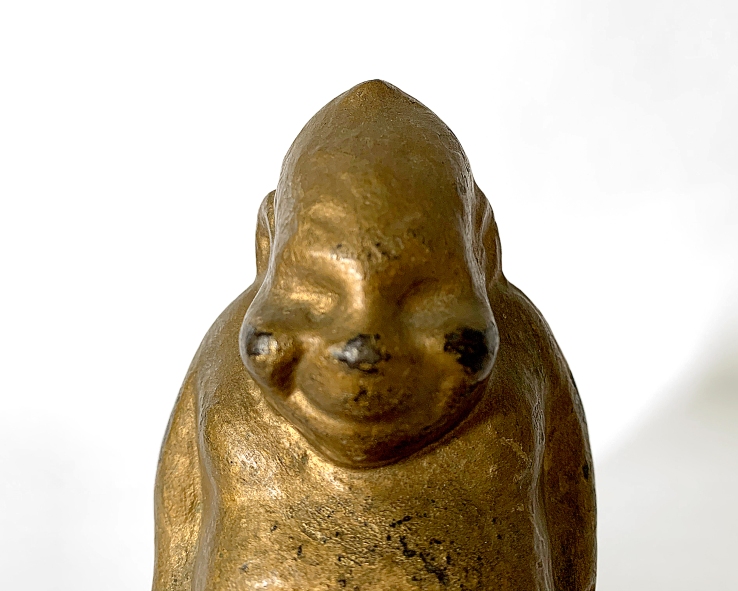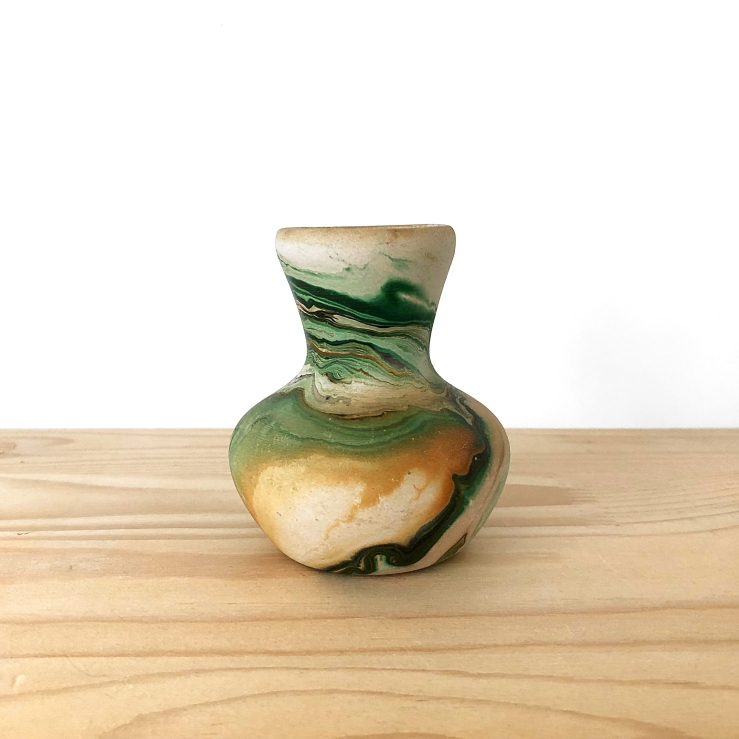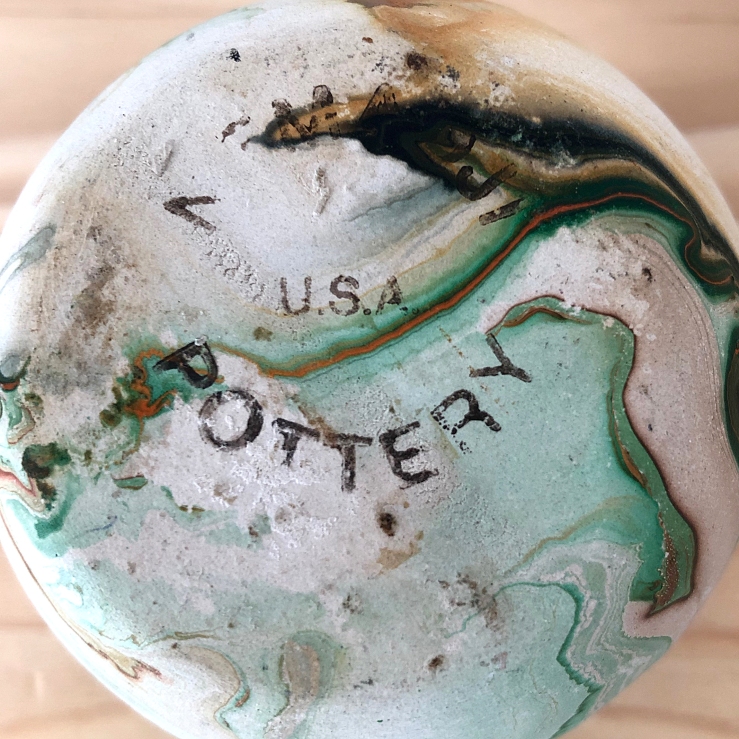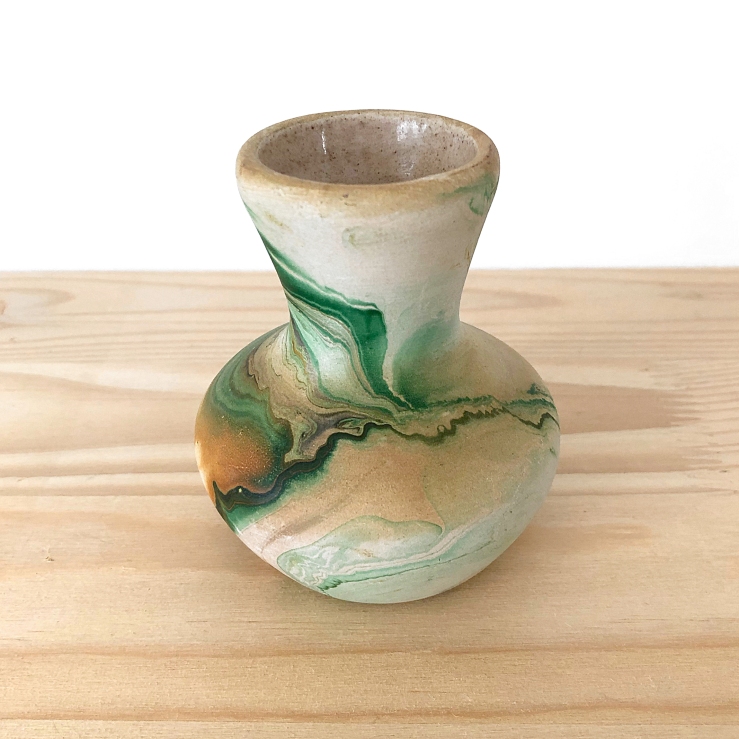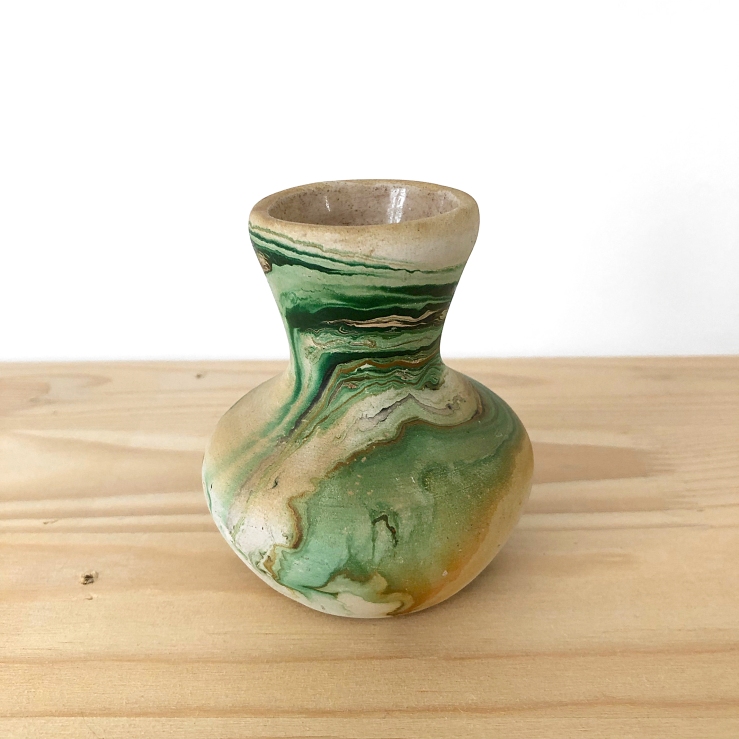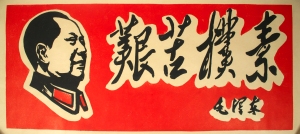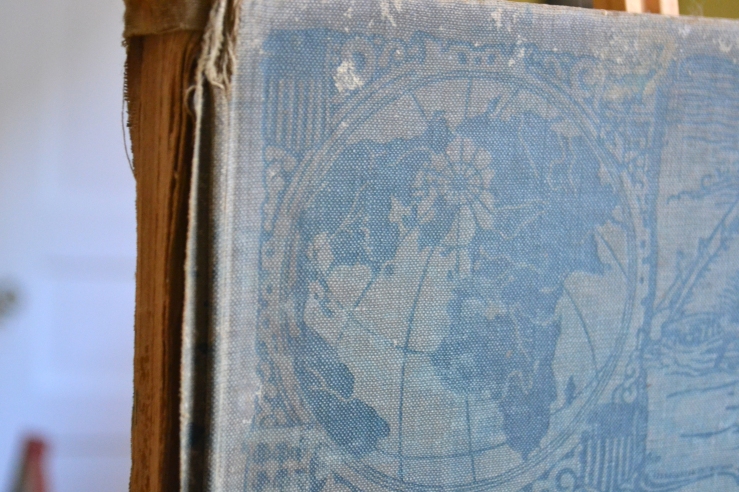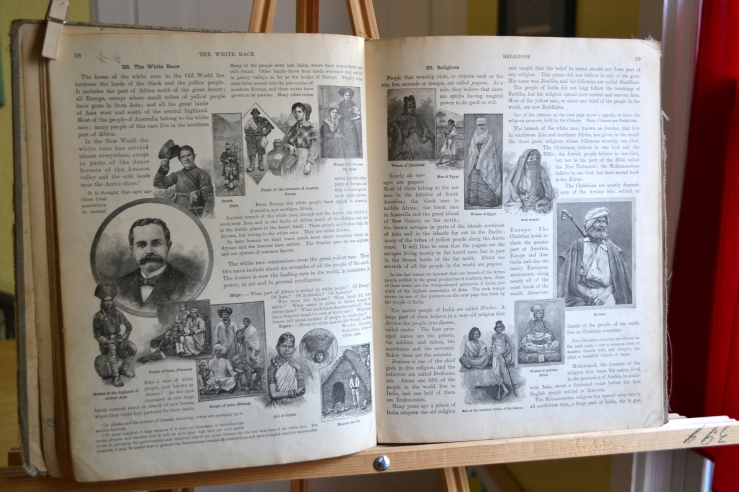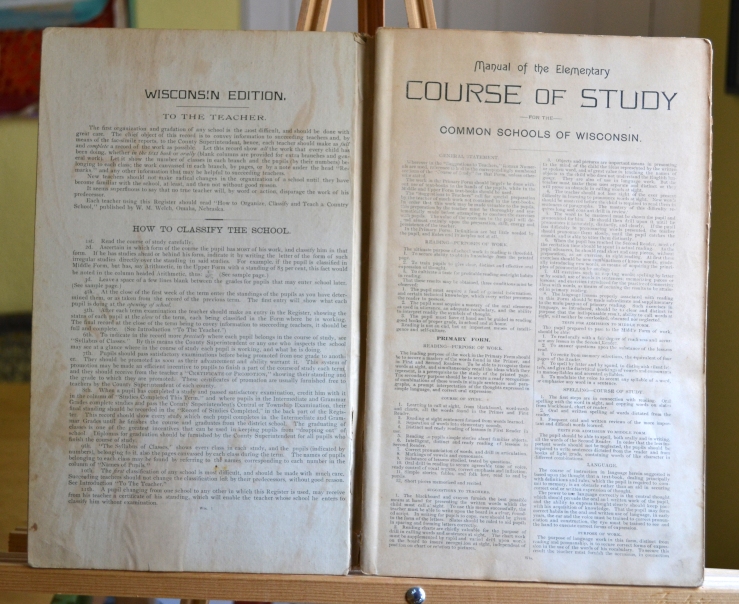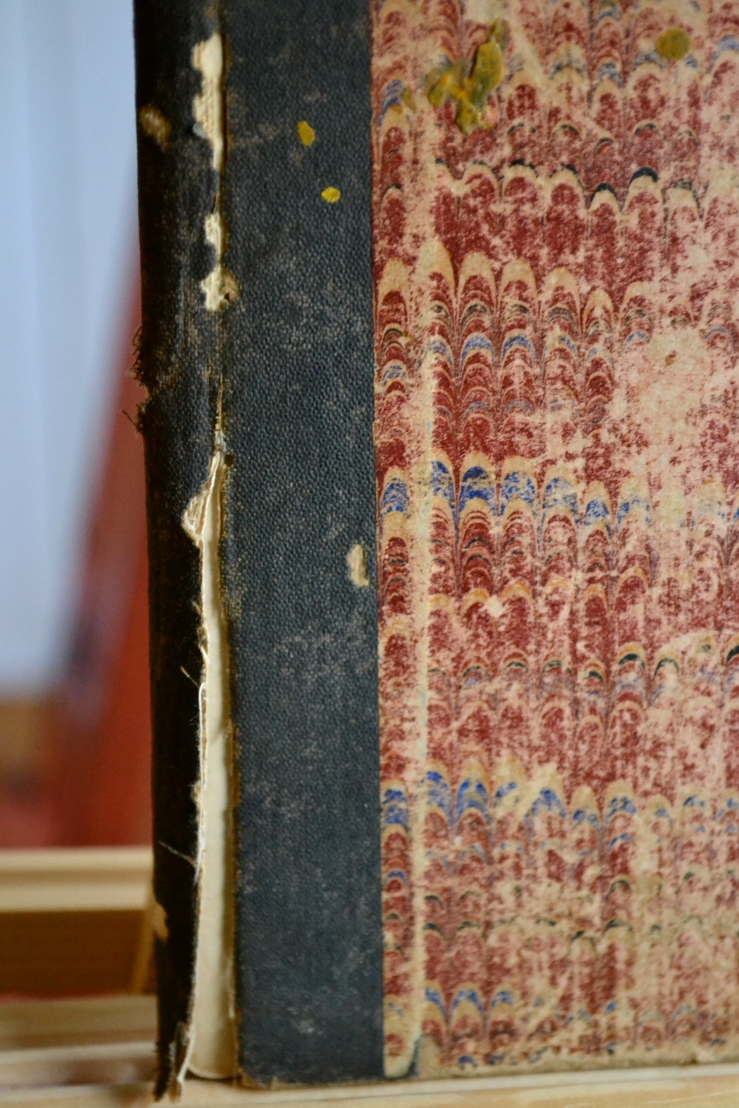Handpainted Floral Tin Trays, these seem to be very collectible.
The best info I found came from Country Living:
“During the Colonial Revival trend of the early to mid 20th century, Nashco, of New York City, mass-produced decorative, stenciled serving trays. These tin examples feature open handles (left) and scalloped rims (right). Nashco trays were hand painted in Wedgwood blue (above), Chinese red, sage green, tan, and black. Typical decorative motifs included flowers, leaves, and foliage. These two trays are in fine condition and are reproductions of 18th- and 19th-century English and French tea serving trays.
What is it?
The Nashco Products Co. of New York City produced serving trays from the 1920s through the 1950s. They were used for serving drinks or appetizers to guests or as wall decorations. Trays of the 18th and 19th centuries were painted black with hand-painted or stenciled motifs; French-made pieces are known as Toleware. Nashco made circular, square, and rectangular trays, as well as bowls and vanity trays.
What to Look For
Since many of the trays are still in existence, condition is the most important factor. They should not be scratched, faded, or have worn spots. The oval, silver-and-black paper label with its block lettering should be intact. Floral decorations need to be vibrant. Some Nashco trays are signed by the artists who painted them. Search flea markets and the Internet. Prices range from $20 to $50 each.
*The estimates provided are preliminary only and subject to change based on firsthand inspection and further research. Appraisal prices refer to an item’s fair market value, or what one might expect to pay for an object of similar age, size, color, and condition at auction.”
-https://www.countryliving.com/shopping/antiques/a509/vintage-serving-trays-0607/
I have this one up for sale:
Toleware: In American collectibles and antiques, toleware refers to kitchen-related objects created from metal, typically tin or thin steel, and are often in decorative styles such as Arts and Crafts and Pennsylvania Dutch. Decorative painting on these items is common but not necessary. This style of decorative art spread from Europe to the United States in the 18th century,[3] and was popular in US kitchens in the 18th and 19th centuries.[4]
https://en.wikipedia.org/wiki/Toleware
Tole Twins also for sale:
